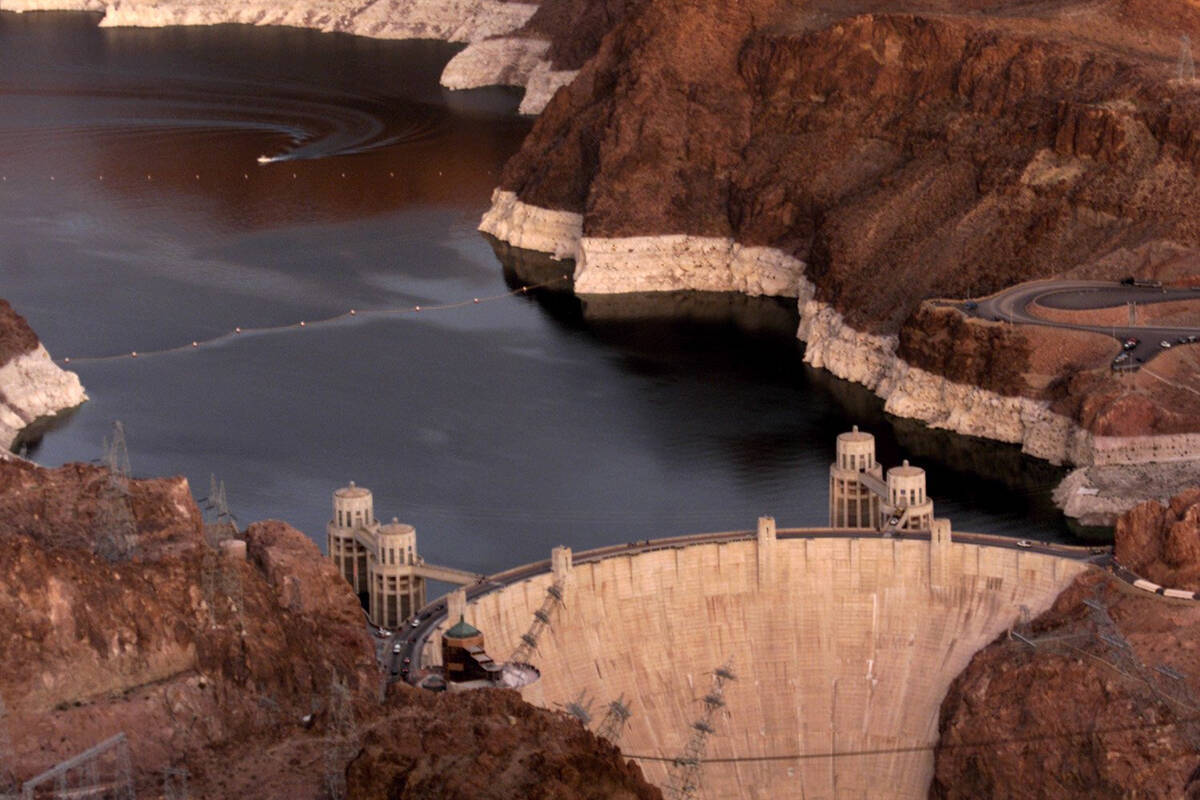Bold and ambitious solutions to the American West’s water woes seem to be even more scarce than the water itself. With the recent fires in Los Angeles and a continued stalemate in the negotiations over reworking the Colorado River Compact, there’s now a renewed focus on ensuring the most arid portions of the West don’t soon dry up completely.
The challenges facing the region are immense. Structurally, water rights throughout the area have been overallocated for generations, and with a growing population things aren’t going to get any better. The Colorado River Compact, for example, was negotiated at a time when river inflows were at historical highs and there were far fewer communities to sustain. When those rights were allocated, technologies such as large-scale desalination of ocean water, did not exist. Moreover, unending droughts and water mismanagement on the local level have further strained our already limited supplies with devastating consequences.
Natural disasters such as the L.A. fires show that our existing infrastructure and management strategies simply aren’t up to the challenge. With President Donald Trump discussing the need to tie federal aid for California to improved water policies, there’s now an opportunity to force some much-needed and positive change on how we approach the issue in the West.
Not only should recovery packages include incentives or directives for better infrastructure, but they should go even further by incentivizing policies that could actually increase the supply of water moving forward. It is an opportunity to provide federal funding to increase sources of water for California, such as desalination of Pacific Ocean water, in exchange for California reducing its usage of Colorado River water.
For decades, public policy has been focused almost exclusively on conservation, causing negotiations over the Colorado River to be stalled by stakeholders disagreeing over how cuts should be applied. Certainly, in the short term, conservation must be a component of any proposed solution considering our past mismanagement of such a precious resource.
However, it can’t be the only tool in our toolbox. Where are the sort of big-picture, grandiose and ambitious project proposals that helped build the west in the first place?
In 1905, the water challenges looked quite different along the Colorado. That year, the river flooded it’s banks so spectacularly, it created California’s largest natural lake, the Salton Sea. In the interest of building a water infrastructure that would help the region expand its economic and cultural growth, a bold plan to tame the river was soon put forward: Build what was, at the time, the largest dam ever constructed. Unfortunately, as we grapple with managing a water supply that is being strained beyond its capacity, authorities have refused to broaden their discussion to options that go beyond mere conservation alone.
Hoover Dam was an impressive moment in civic engineering, but it was also part of a larger vision for ensuring a century of growth throughout the American West. And it was just one of many such projects in our history. From the Transcontinental Railroad to Dwight Eisenhower’s Interstate Highway System, much of the western United States has been built upon ambitious public projects designed to ensure the region could grow well into the future.
Similarly ambitious ideas, however, seem far rarer in today’s world. When large-scale projects to tackle our water shortages have been proposed in recent decades, they have seen insurmountable social, regulatory and political opposition. In 2022, the California Coastal Commission killed a 20-year project to construct a desalination plant that would have eased that state’s dependence on the Colorado River. An even more ambitious plan to desalinate and pipe water from the gulf, through Mexico and into Arizona, initially looked promising, but it too has stalled in recent years thanks to regulatory and environmental concerns.
Unfortunately, that political reality means the sort of grand ideas that were once used to build a vibrant and prosperous West have become as scarce as the water we so desperately need. The much-needed federal aid for California is a perfect opportunity to change that status quo and finally get policymakers thinking about how we can secure new water supplies to sustain our region’s growth for the next 100 years.
Brett Sutton is an attorney and mediator. He is President of Keystone Corporation and a resident of Las Vegas.

